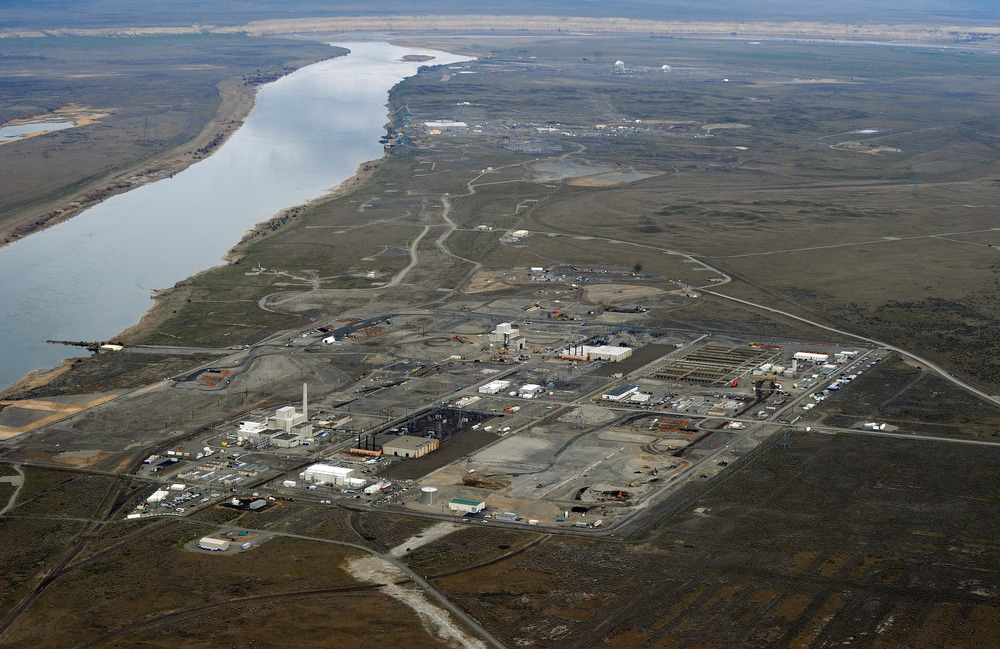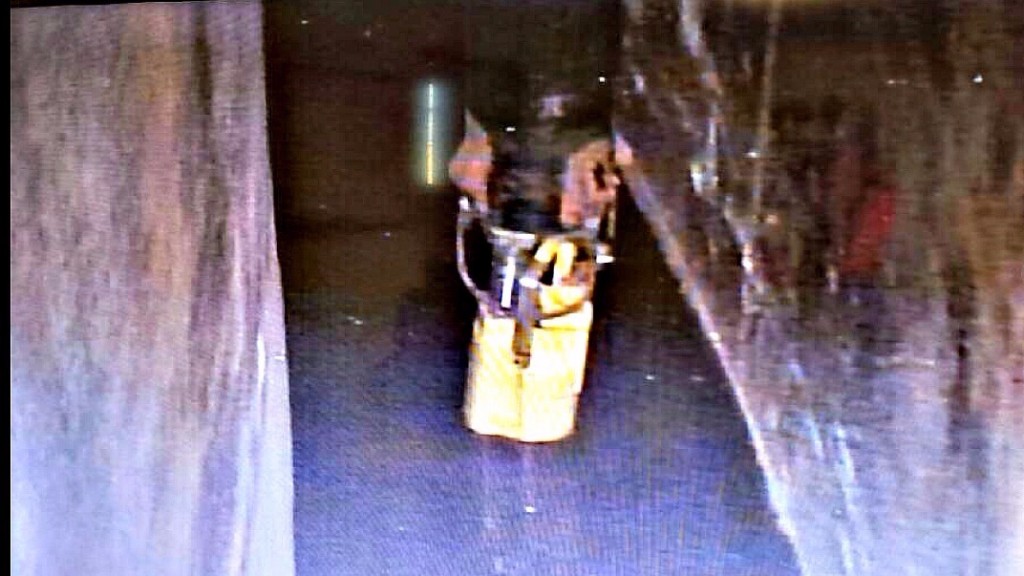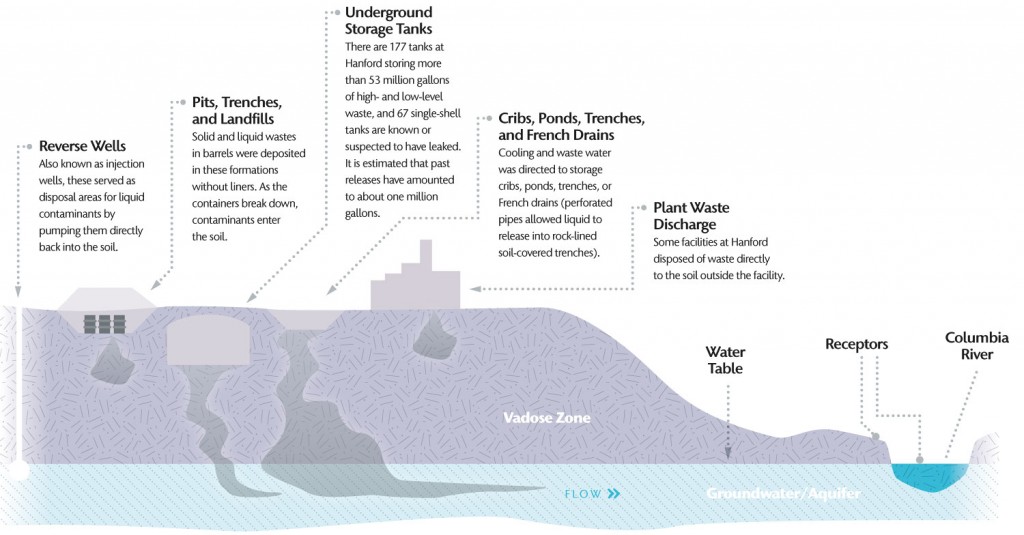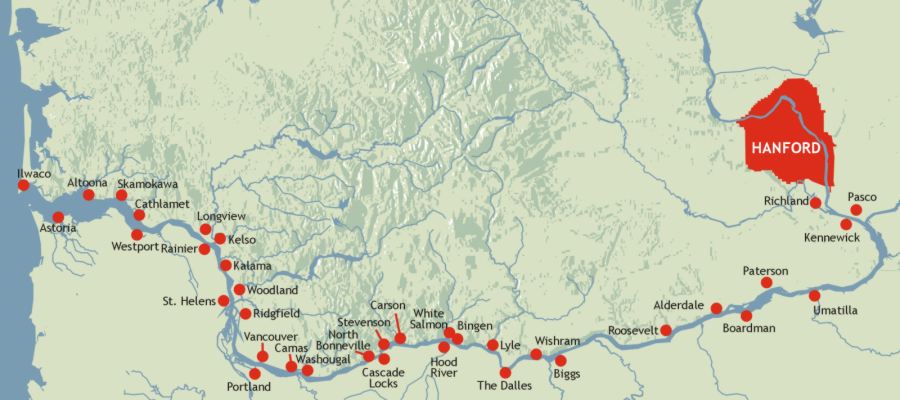Catastrophic Radioactive Leak at Washington State’s Hanford Nuclear Waste Storage Facility
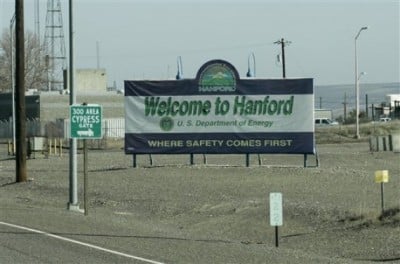
Communities along Washington state’s Columbia River could be wiped out because of a leak in a massive nuclear waste storage tank at the Hanford Nuclear Waste Storage Site in Richland, Washington.
Leak detectors sounded early Sunday morning and crews at Hanford lowered a camera into the two-foot-wide space between the tank’s inner and outer walls. They discovered 8.4 inches of radioactive and chemically toxic waste had leaked and was continuing to leak. These tanks can hold upwards of one million gallons each!
“This is catastrophic. This is probably the biggest event to ever happen in tank farm history. The double shell tanks were supposed to hold waste safely from people and the environment,” said former Hanford worker Mike Geffre. The graphic below shows the problems now faced by the people in Washington state (Click image to enlarge):
Communities Below Could Be Wiped Out
The concern is simple: Once the radioactive waste leaks from the underground tanks, it gets into the ground, get to the ground water, flows to the nearby Columbia River and wipes out the following communities (Click image to enlarge):
Geffre is the worker who first discovered that the tank, known as AY-102, was failing in 2011. In a 2013 series, “Hanford’s Dirty Secrets,” the Television station KING 5 Investigators exposed that the government contractor in charge of the tanks, Washington River Protection Solutions (WRPS),ignored Geffre’s findings for nearly a year. The company finally admitted the problem in 2012.
Until now, the leak found by Geffre was very slow. The liquid would almost immediately dry up, leaving a salt-like substance on the floor of the two-foot space between the tank’s walls, called the annulus.
Approximately three weeks ago, work began to pump out the contents of AY-102, which has the capacity to hold one million gallons of the deadly waste. The state of Washington has been pressuring the federal government, which owns Hanford, to pump out AY-102 for three-and-a-half years because of the cracking and slow leaking discovered by Geffre in 2011. Sources believe the disturbance caused by the pumping must have exacerbated the leak: essentially blowing a hole in the aging tank allowing the material to leak more quickly into the outer shell.
Tank AY-102 is one of 28 double-shell tanks at Hanford (there are 177 underground tanks total) holding nuclear byproducts from nearly four decades of plutonium production on the Hanford Nuclear Site, located near Richland, WA. Initially the plutonium was used to fuel the bombs dropped on Nagasaki, Japan, in World War II.
Plutonium production continued throughout the Cold War. Since 1989 the work at Hanford has focused solely on cleanup – the most difficult being getting rid of the liquid waste left behind that threatens the health of people, wildlife and the environment, including the nearby Columbia River.
The new leak poses problems on several fronts. The outer shell of AY-102 does not have exhaust or filtration systems to keep the dangerous gases created by the waste, in check. Workers have been ordered to wear full respiratory safety gear in the area, but the risk remains.
“The hazards to workers just went up by a factor of 10,” said Geffre.
In addition, the breakdown calls into question the viability of three other double-shell tanks at Hanford that have the exact design of AY-102.
“The primary tanks weren’t designed to stage waste like this for so many years,” said a current worker. “There’s always the question, ‘Are the outer shells compromised’”?
The accumulation of waste in the outer shell also means the deadliest substance on earth is that much closer to the ground surrounding the tank. And currently there is no viable plan in place to take care of it.
“It makes me sad that they didn’t believe me that there was a problem in 2011,” said Geffre.
“I wish they would have listened to me and reacted faster. Maybe none of this would be happening now. It’s an example of a culture at Hanford of ‘We don’t have problems here. We’re doing just fine.’ Which is a total lie,”
said Geffre.


